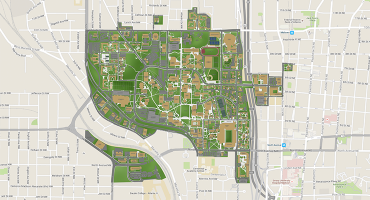Join us for a talk by Christopher Jernigan, a research associate at Cornell University and prospective faculty candidate in integrative physiology.
There is no virtual option for this event.
Abstract: Like humans and other primates, faces are special visual objects for the paper wasp Polistes fuscatus. These wasps possess individually distinctive color patterns on their face, which they can use to visually recognize and discriminate nestmates. To investigate the neural mechanisms underlying this ability, and compare this to what is known in primate systems I presented a large set of visual stimuli, while recording extracellular activity across the brain. I ask (1) if there are neural responses that are selective to conspecific wasp images, (2) where they are located, and (3) what the tuning features of neurons with highly selective responses to conspecific wasp images are. We find broad selectivity to forward-facing wasp shapes (i.e., silhouettes) across the brain, including the optic lobe. We also find highly localized neural responses in the wasp protocerebrum selective to full images of forward-facing wasps, which have color patterns. We term these forward-facing wasp units, wasp cells. Wasp cells show idiosyncratic facial tuning, tending to prefer a subset of faces or specific facial features in our dataset. Collectively this population of wasp cells exhibited a specific location both within and across animals. Together, these cells show similar responses to more similar facial patterns such that at the population response level neural distance among faces is correlated with phenotypic facial distance, suggesting a population level encoding of facial identity by wasp cells. Despite having independently evolved vision let alone facial recognition, wasp cells show remarkable parallels to the face cells found in primates, suggesting that dedicated circuits with idiosyncratic feature tuning may be critical features of visual identity recognition. Further, this system now provides a key opportunity to study how these tuning features emerge through development and how social experience may shape the key axes of these tuning properties.
Event Details
Date/Time:
-
Date:Tuesday, January 14, 2025 - 11:00am to 12:00pm
Location:
EBB 1005 CHOA


